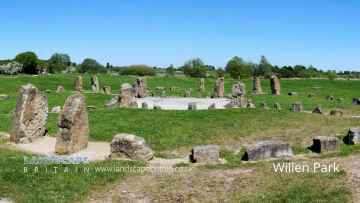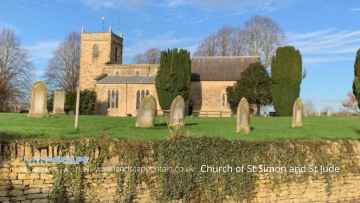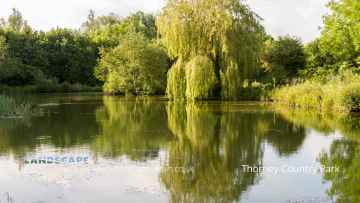Whitchurch - Buckinghamshire
Whitchurch - Buckinghamshire is a Village in the county of Buckinghamshire.
Retail in Whitchurch - Buckinghamshire
There are great places to visit near Whitchurch - Buckinghamshire including some great villages, towns, parks, lakes, shopping centres, historic buildings, country parks and airports.
Whitchurch - Buckinghamshire has some unmissable villages nearby like Haddenham, Caldecotte, Blue Bridge, New Bradwell, Tathall End, Castlethorpe, and Weston Underwood.
The area around Whitchurch - Buckinghamshire boasts some of the best towns including Milton Keynes, Olney, High Wycombe, Buckingham, and Aylesbury.
The area around Whitchurch - Buckinghamshire features a number of interesting parks including Willen Lake, and Campbell Park.
Willen Lake, and Thorney Country Park are some of Whitchurch - Buckinghamshire best lakes to visit near Whitchurch - Buckinghamshire.
The area around Whitchurch - Buckinghamshire boasts some of the best shopping centres including The Centre:mk, and Eden Shopping Centre.
There are a number of historic buildings near Whitchurch - Buckinghamshire including Church of St Simon and St Jude, St Peter and St Paul - Olney, Weston Underwood, Church of St James the Great - Hanslope, The Old Gaol, and Waddesdon Manor.
Don't miss Thorney Country Park's country parks if visiting the area around Whitchurch - Buckinghamshire.
The area close to Whitchurch - Buckinghamshire boasts some of the best airports including Wycombe Air Park.
Whitchurch - Buckinghamshire History
There are some historic monuments around Whitchurch - Buckinghamshire:
Places to see near Whitchurch - Buckinghamshire
History of Whitchurch - Buckinghamshire
Witcherche received a royal charter in 1285, having become a borough in 1284. The land ownership had by now passed to a form of tenure known as a burgage. As a borough, it was governed by a Court Leet. Meetings were held in the village hall each year, in October, to elect a mayor and burgesses. Witcherche’s prosperity was again on the rise due to its widespread sheep farming, the wool being a valuable commodity at the time. The River Test provided the power for at least four watermills, located every half-mile along the river through the town. The Town Mill was the source of power for milling corn, and other mills were used for finishing wool, weaving silk and dressing cloth. Only Whitchurch Silk Mill survives, the others having been converted into residential dwellings. The Silk Mill is a popular visitor attraction where silk is still produced after a very small interruption in 2012. When Henry VIII died in 1547 his nine-year-old son, Edward VI, inherited the throne. Under Thomas Cranmer, the Archbishop of Canterbury, and Edward Seymour the Lord Protector, England became more Protestant, and the people of Whitchurch were persecuted for their religious beliefs for six years until the death of Edward and the succession of Mary.














